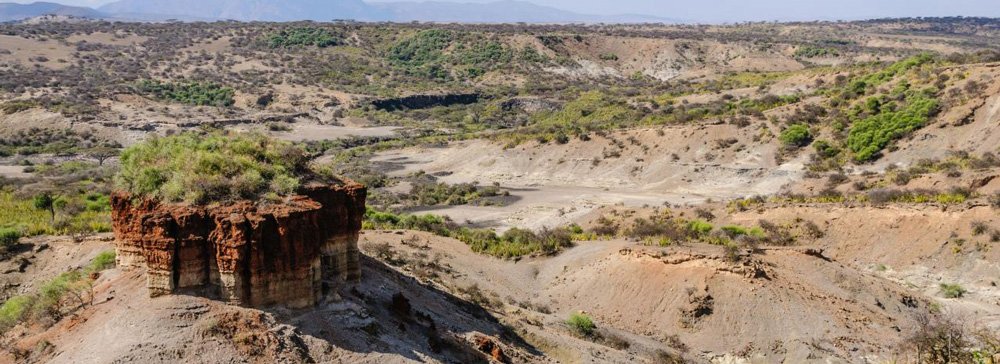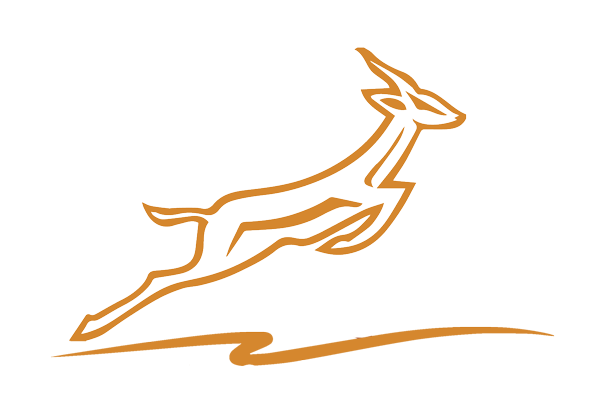Safari in Northern Tanzania
Many famous parks for ‘The Big Five’ and the ‘Great Migration’ are in Northern Tanzania, this provides a big opportunity to see wild animals in their natural habitat. All of these parks have their own unique features and attractions.
Tarangire National Park (home for elephants)
Is predominantly occupied by herds of elephants. The park is usually very dry; however, its vegetation is much greener especially with lots of elephant grass, vast areas with mixed acacia woodlands and some of the wonderful ribbons of the aquatic forest. Tarangire NP is a part of the bigger ecosystem, hence its wild animals differ depending on the season.
Apart from herds of elephants, other animals like zebras, wildebeest, impalas exist in large numbers, buffalo and giraffes, Bohor reedbuck, Thompson’s gazelle, kudu and the hartebeest too. Other common animals in this park are leopards, lions, hyenas, and cheetah which are popular within the Southern open areas. The park has also over 500 species of birds.
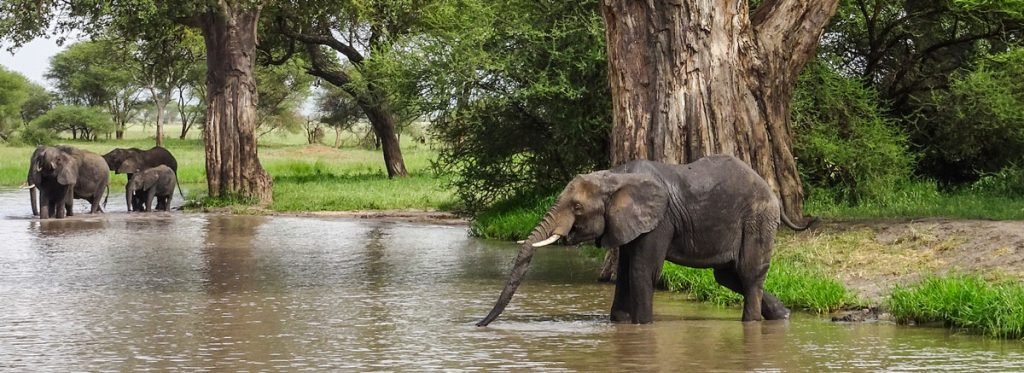
Arusha National Park
Is small and very diverse with tropical forest and savannah. The large difference in height between mount Meru, young brother of Mount Kilimanjaro, causes great diversity of ecosystems. Arusha NP is known for its large number of grazers, such as the waterbucks, dikdik and giraffe. Moreover, you can see the black and white fringe monkeys.
Arusha NP is very safe to do a walking safari because there are no lions in this park. During the walking safari you will be accompanied by a ranger.
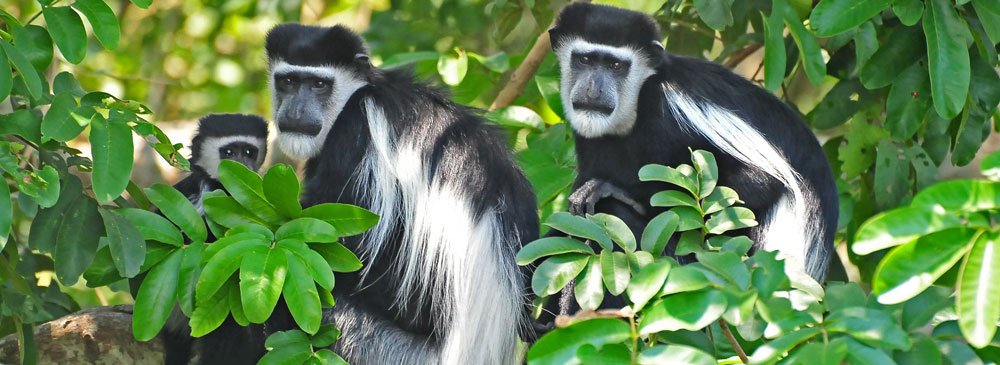
Lake Manyara National Park
Is a small national park on the edge of the Rift Valley. The special feature of this park is the diversity of ecosystems. From the entrance you will drive through an open rain forest from where you will go to the lake via the savannah. Due to the constant presence of water and great diversity in flora, there is also a diversity in fauna. This area is visited by animals such as baboons, hippos, impalas, elephants, wildebeest, giraffes, and flock of flamingos throughout the year. In the dry season (June to October) many large mammals appear in Lake Manyara.
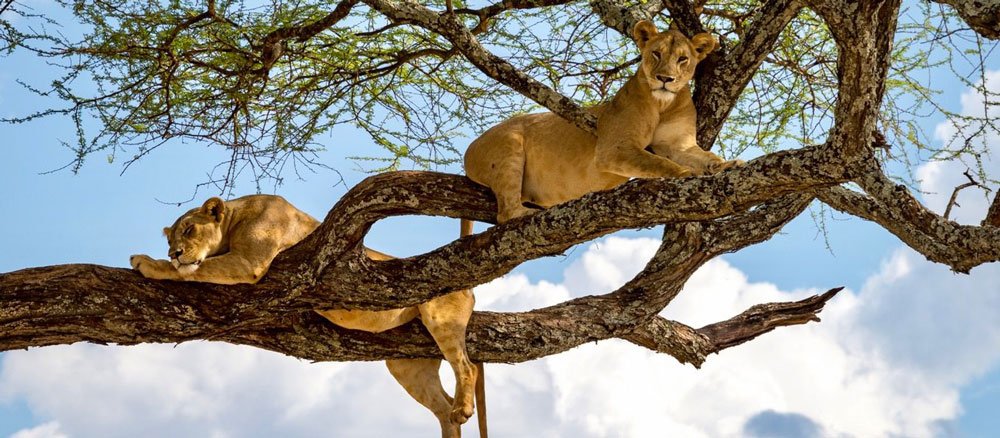
The Ngorongoro Conservation Authority Area (NCAA)
Is named after the largest crater in this area, the Ngorongoro crater. It is much larger than just the crater. The crater’s floor is about 2,000 feet below its rim and it covers approximately 100 square miles due to the collapsed volcanic cone. This unique destination has been labelled as one of the “Seven Natural Wonders of Africa.” It is also referred to as Africa’s Eden. The western part of it is part of the Serengeti ecosystem and in the North West is the excavation area Olduvai Gorge. NCAA is on the UNESCO World Heritage List. NCAA is not only a national park but it is so-called conservation area. This means that animals and humans live together. To protect the area there are restrictions on the number cattle the Maasai can have and also the duration in which tourists can drive through the area. More than 25,000 animals live in NCAA throughout the year due to the constant presence of water.
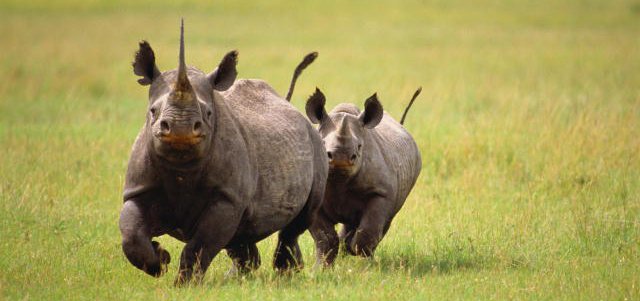
Serengeti National Park
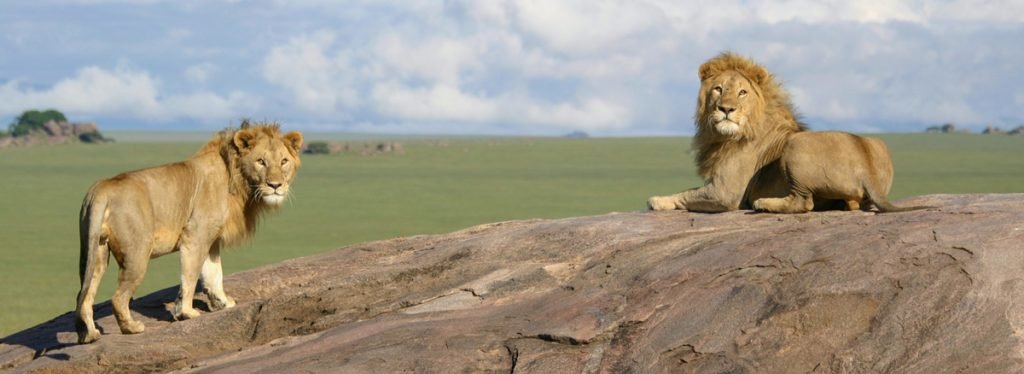
Lake Eyasi
Is a salt lake located in the Rift Valley in the South of the Ngorongoro Highlands. It is a home to several species of rare fish, rare birds and reptiles. It is bordered by the Great Rift walls to the West and the highlands to the North with a wonderful view.
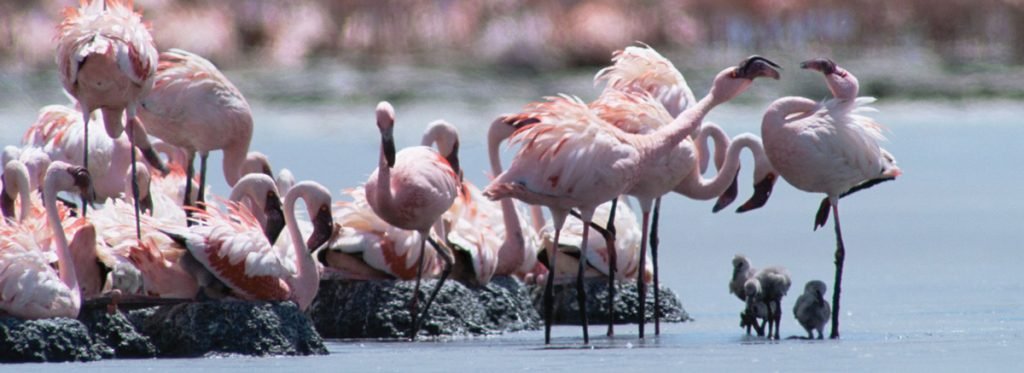
Hadzabe (hunter gatherer community)
You can visit the Hadzabe at Lake Eyasi. They are last known hunter gatherer community in East Africa who live by hunting and collecting honey and fruit. After independence, the government of Tanzania offered homes for them, but they prefer to live in baobab trees in small huts.
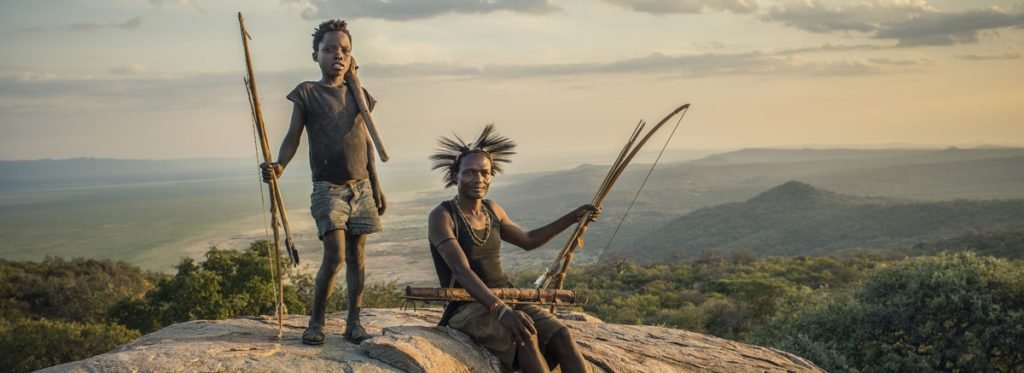
Datoka (cattle farmers)
The Datoka are cattle breeders and live a nomadic life around Lake Eyasi. The women make huts of twigs, finished with mud. Within the tribe there are a number of families, specializing in forging. They recycle everything from metal and produce beautiful jewellery for their own tribe and the Maasai. They also make arrow heads for the Hadzabe.
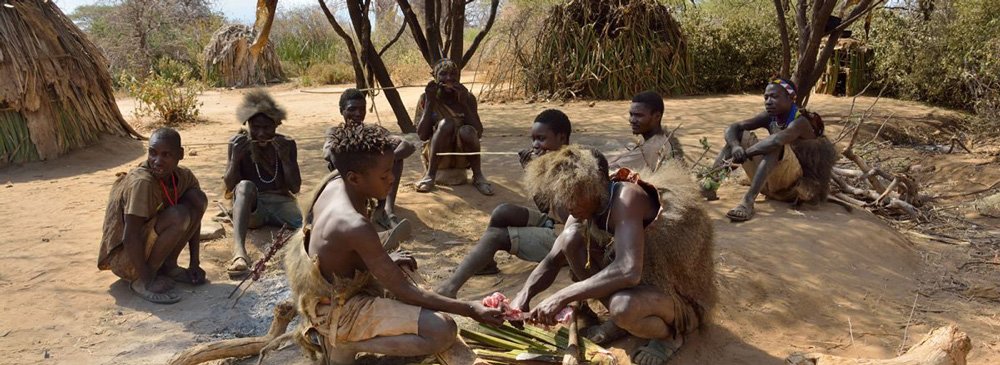
Lake Natron
Is found in the Northern part of Tanzania near to Arusha. It is a soda lake at the base of the active Ol Donyo Lengai (Maasai word for ‘Mountain of God) volcano. The area around Lake Natron is often described as having a desolate and almost lunar beauty. It is the most important breeding site for Lesser Flamingos in the world.
East Africa has 1.5-2.5 million Lesser Flamingos, representing three-quarters of the world population and most of them are hatched at Lake Natron. Food is plentiful, nesting sites abound and above all, the lake is isolated and undisturbed. The lake and its ecosystem provide a source of livelihoods to the local communities.
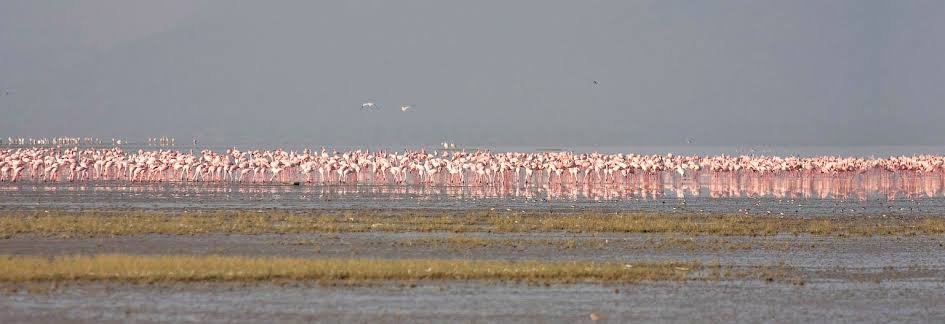
Olduvai Gorge
It lies in the North of the NCAA, almost against the border of the Serengeti. This gorge is named after the sisal plants that are common in this area which are called “Ol Dupai” by the Maasai.
It is a very important archaeological site in the world due to Doctor Leaky’s discoveries. Between 1931 and 1947 many excavations were carried out in this area, with bones and tools of human ancestors. The excavations have given great insight into the evolution of men. A visit to the Olduvai Gorge consists of a lecture by one of the curators, with a visit to the small museum and an optional short walk through one of the actual excavation sites.
